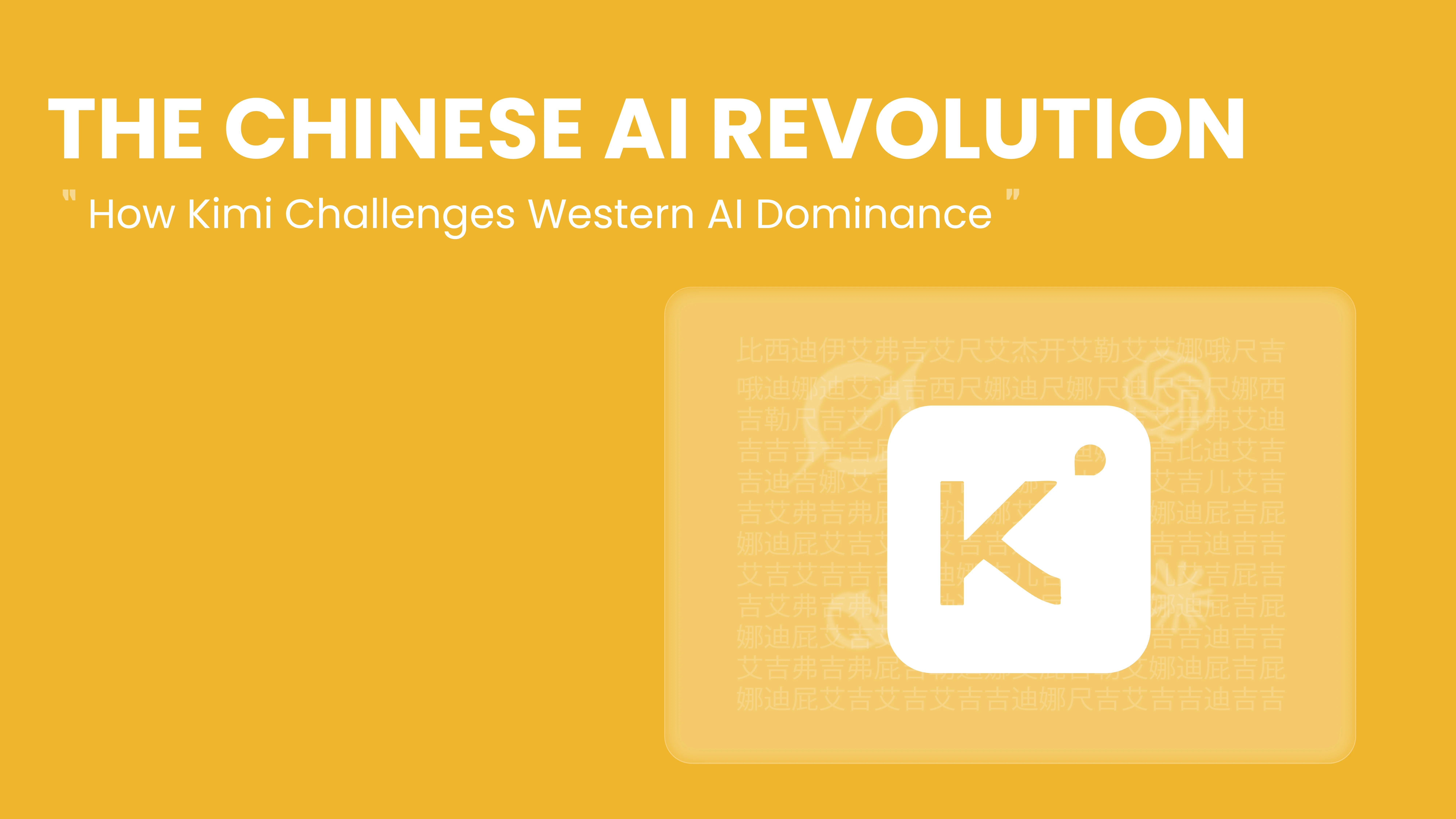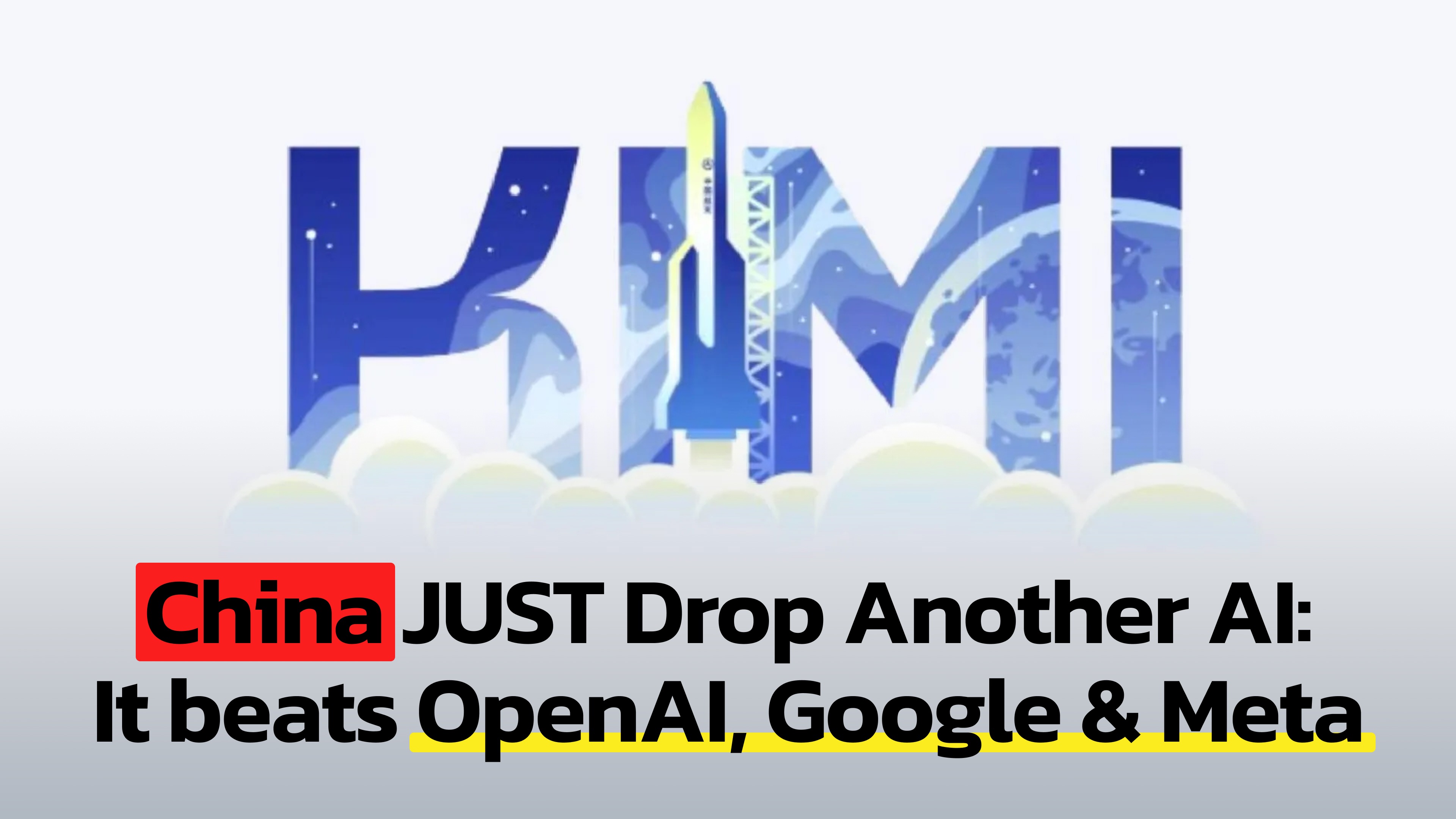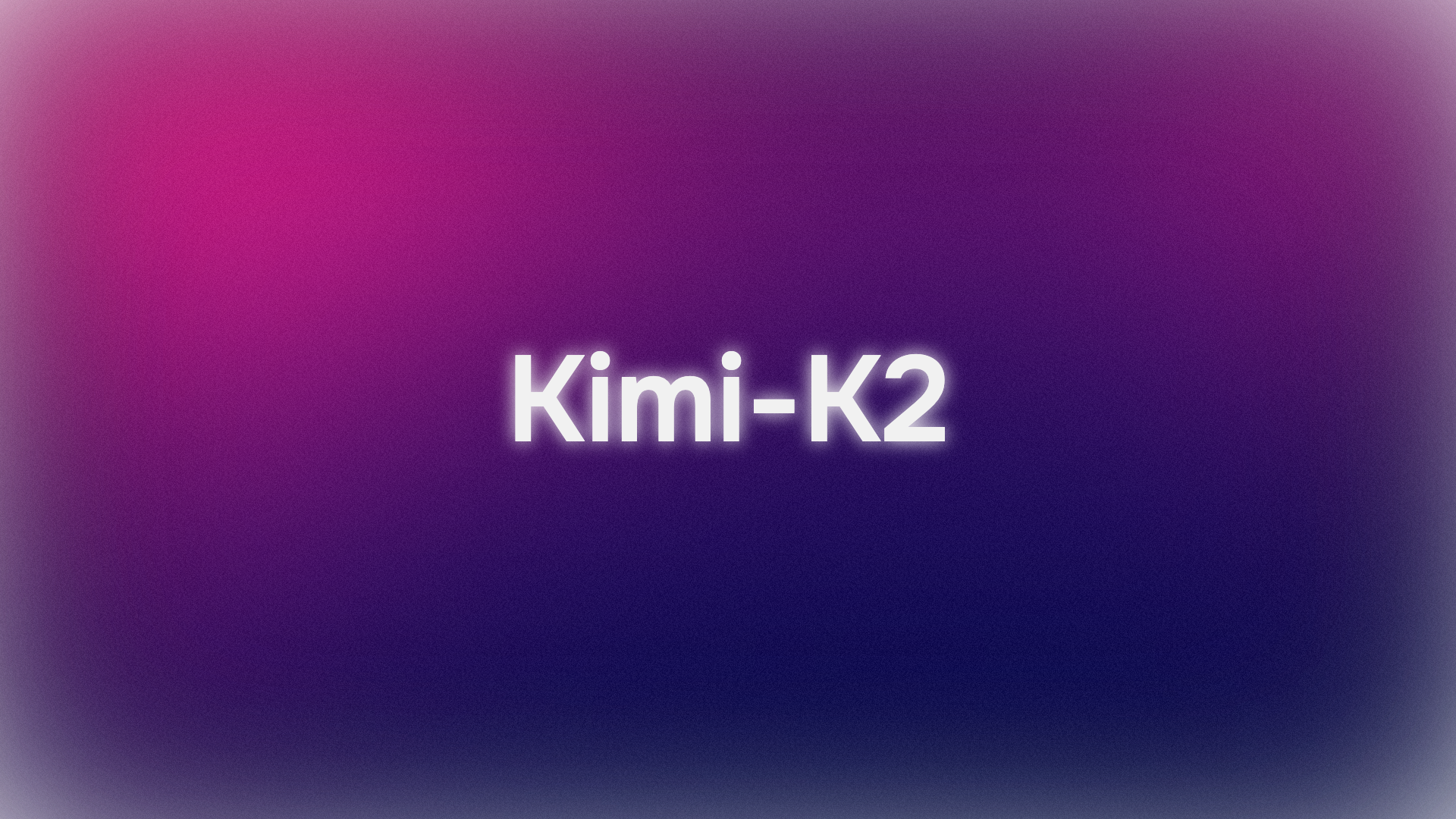
China is reinventing the AI playing field with the disruptive Kimi K2, the sleek open-source model. Revered as the brainchild of Moonshot AI and founded in 2023 by Tsinghua varsity graduate Yang Zhilin, the platform is making waves in the AI domain with its superlative agentic capabilities and coding prowess. The model Kimi has demonstrated exceptional expertise in breaking down complex tasks. Albeit, China is now competing with US behemoths like OpenAI and Anthropic to solidify its dominance in the Western AI race. This Chinese AI model is a prominent new player in the ongoing AI competition shaping global innovation.

Moonshot was fixated on building not just another chatbot or AI replica but the future AI tool that every tech-savvy professional will anticipate leveraging. Building artificial general intelligence (AGI) was their primary focus, and it is slated to rule the next decade. AGI comprises broader understanding, elevated human cognitive capabilities, and global applications. Kimi K2’s open-source model is a testament to how Moonshot wanted to make it applicable everywhere and China’s rising yen towards sharing Chinese AI technology with the world at a time when Western models are already ruling the roost in AI machinery. Moonshot’s long-term goal also holds it in good stead because it shifted its focus towards long-term scaling and enlarged use cases. Kimi has become a front-runner among the best open-source AI models 2025 has to offer.

The Moonshot AI journey began with a ChatGPT-inspired chatbot in 2023. Sooner, the Chinese fraternity warmly embraced the model due to its excessive text input facility of up to 2 million characters. The Kimi K2 model is the innovation that the world did not see coming, and its capabilities are bringing in relentless hope, with backers such as Alibaba, Tencent, Meituan, and HongShan testifying to its potential.
Scale & Architecture: It flaunts a 1 trillion parameter and 32 billion parameters per inference with an MoE (Mixture of Experts) approach where the model activates merely a subset of the entire parameter, allowing each expert to focus on one specialized task.
Optimizer Innovation: It uses the Muon optimizer, which helps avoid getting stuck in local traps and is designed for large language models. This Chinese AI model has a broadened solution scope. This tool is known to double training efficiency and decrease memory usage by up to 50%. Its sophisticated model, Muon Clip, does it with even more flair, warding off stability issues while training massive ai code generator LLMs.
Other characteristics like agentic excellence, surpassing real-world benchmarks like SWE-bench Verified and Math-500, and beating AI champions such as Claude Opus and Deepseek V3 and the latest GPT 4.1 make it absolutely stand out in the crowded sea of AI models.
Kimi’s unique capabilities span not just coding and generating; rather, its scope extends to multitasking even without manual prompts every single time. Here are some stark features of Kimi that separate it from the rest of the AI chatbot cohort.
Openness: The Chinese AI model, Kimi K2 is fully open-source. This means that anyone on the internet can access, modify, and redistribute its code. Claude and the like have not explored this open ai code generator model.
Cost & access: Kimi offers API at a low budget, allowing users to access its latest model at absolutely zilch cost. Whereas Claude and other LLMs assimilate a subscription-based model for their newest app endeavors.
Tech & benchmarks: Kimi is setting a new benchmark in the AI race with its complex task delivery and AGI features.
Global outlook: Designed to scale and expand, Moonshot Kimi is not limited to just China, but the world at large. The debate of Kimi vs. ChatGPT continues to fuel discussions on capabilities, openness, and global vision, positioning Kimi as a notable Chinese ChatGPT alternative.
At its core, KIMI has two variants: K2 Base for fine-tuning and K2 Instruct for chat and agentic functionalities. In the near future, the Chinese AI model may tread uncharted territories of multimodal agents. With regard to the West, there is an invisible push on ai code generator OpenAI and Anthropic to investigate open releases and adopt low-cost APIs to stay ahead of the curve. Considering the developer community at scale, Kimi is pushing them to toy with its efficient frontier model, thereby promoting wider adoption.
From debugging codes to analyzing datasets, KIMI K2’s influence goes far beyond human perceptions. China’s leap into the global AI spectrum is smart, open, and ready to dismantle the Western AI hierarchy. The future of KIMI looks promising, although fraught with uncertainties navigating trust, massive data training, and the ever-evolving AI boom. However, the Chinese AI giant, Moonshot AI, is all set to take on new realities with its own distinctive skill sets.

.svg)